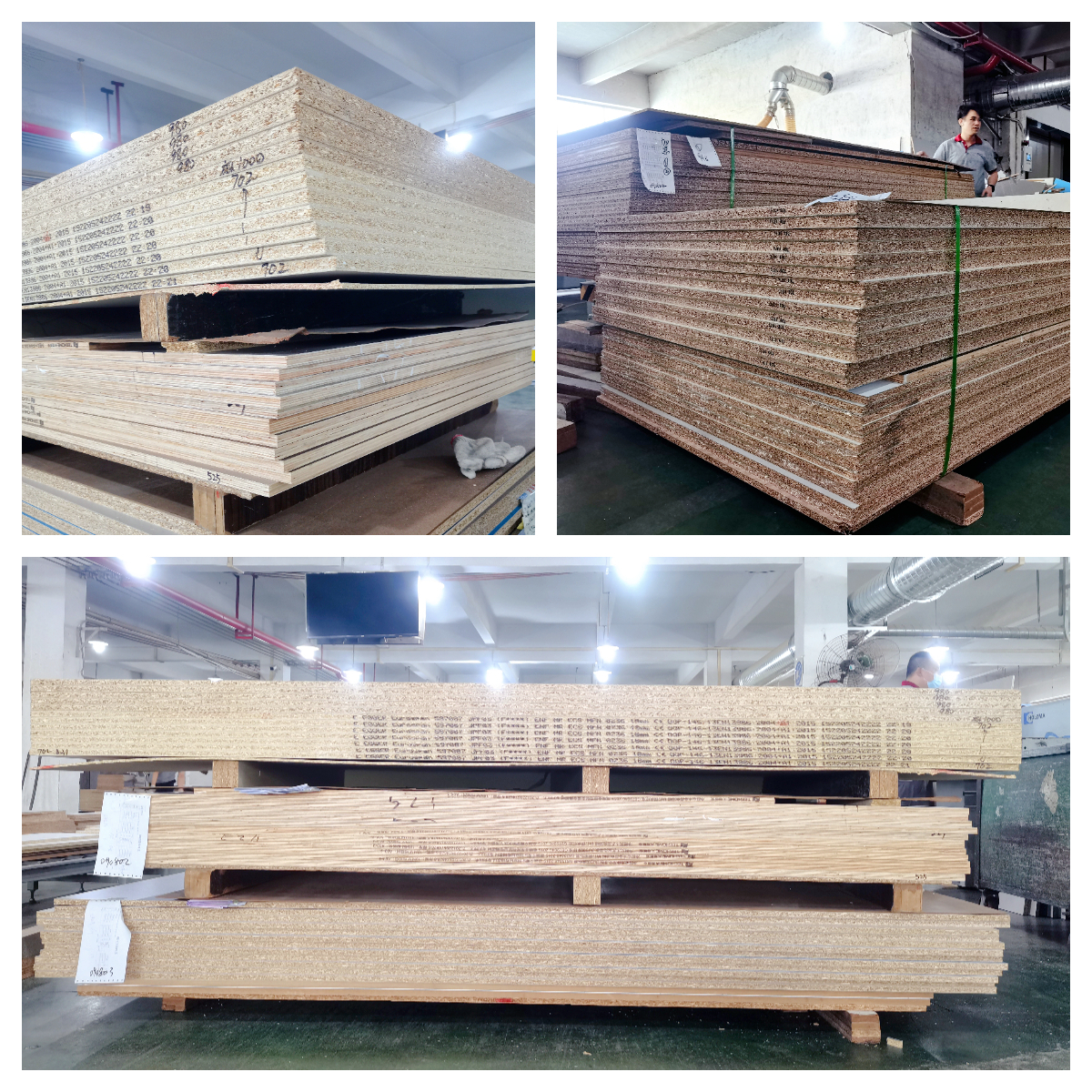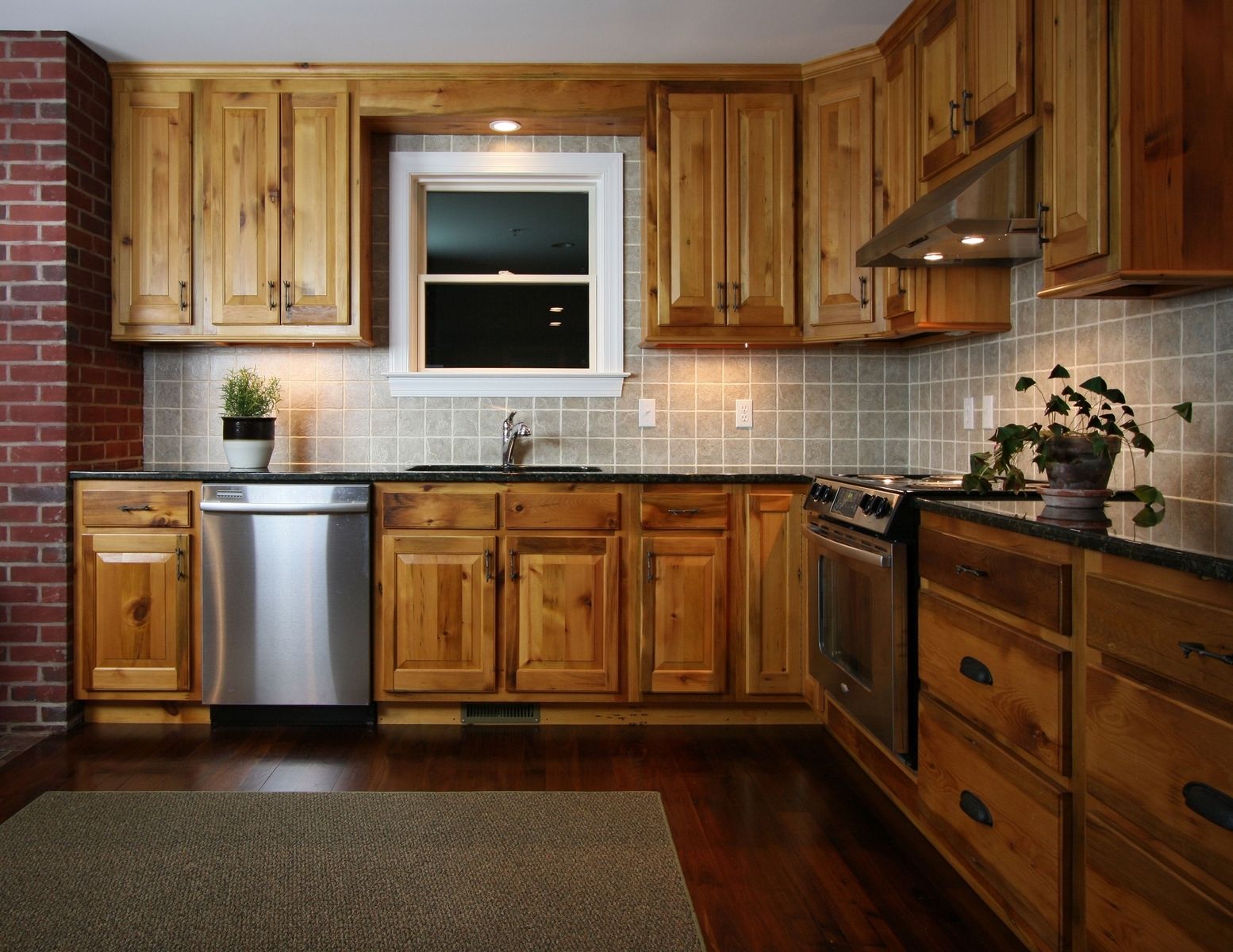Common Kitchen Cabinet Materials

Kitchen cabinets are the backbone of any kitchen, providing storage, functionality, and aesthetic appeal. Choosing the right material for your cabinets is a crucial decision that impacts their durability, style, and budget.
Wood
Wood is a classic and timeless material for kitchen cabinets, offering a natural beauty and warmth that adds character to any kitchen. It is available in a wide range of species, each with its unique grain pattern, color, and durability.
- Hardwoods: Hardwoods like oak, maple, cherry, and walnut are known for their strength, durability, and resistance to scratches and dents. They are also highly versatile, allowing for various finishes and stains. Oak is a popular choice due to its durability and classic look. Maple is known for its smooth, even grain and light color, while cherry offers a warm reddish hue that deepens over time. Walnut is prized for its rich brown color and distinctive grain pattern.
- Softwoods: Softwoods like pine and fir are more affordable than hardwoods but are less durable and prone to scratches and dents. They are often used for budget-friendly cabinets or for creating a rustic or farmhouse look.
Advantages of Wood Cabinets
- Natural beauty and warmth: Wood’s unique grain patterns and colors add a touch of elegance and sophistication to any kitchen.
- Durability: Hardwoods are known for their strength and resistance to scratches and dents, making them a long-lasting investment.
- Versatility: Wood can be stained, painted, or left natural to match any kitchen style.
- Repairable: Scratches and dents can be easily repaired, extending the life of your cabinets.
Disadvantages of Wood Cabinets
- Cost: Wood cabinets are generally more expensive than other materials like laminate or thermofoil.
- Maintenance: Wood requires regular cleaning and occasional refinishing to maintain its beauty and durability.
- Susceptibility to moisture: Wood can warp or rot if exposed to excessive moisture, so proper ventilation is crucial in kitchens.
Examples of Wood Cabinet Styles
- Traditional: Oak cabinets with a classic shaker door style are a timeless choice for traditional kitchens.
- Modern: Maple cabinets with sleek, minimalist door styles are popular in modern kitchens.
- Rustic: Pine cabinets with a distressed finish create a warm and inviting atmosphere in rustic kitchens.
Factors to Consider When Choosing Cabinet Material: What Material Are Kitchen Cabinets Made Of

Choosing the right cabinet material is a crucial decision in any kitchen remodel. It impacts not only the aesthetics but also the functionality and longevity of your cabinets. There are numerous factors to consider, each with its own set of advantages and disadvantages.
Budget Considerations
The cost of cabinet materials varies significantly, from the relatively affordable to the luxurious. Setting a budget early in the process helps narrow down your options and ensures you stay within your financial constraints.
- Entry-Level Options: Materials like melamine and thermofoil are budget-friendly choices. They offer a wide range of colors and finishes, making them suitable for homeowners on a tighter budget.
- Mid-Range Options: Painted or stained wood cabinets fall into this category. They offer a good balance of affordability and quality, providing a classic and elegant look.
- High-End Options: Solid wood cabinets, especially those made from premium hardwoods like cherry or walnut, are the most expensive option. They offer exceptional durability, beauty, and a timeless appeal.
Style Preferences
Your personal style plays a significant role in cabinet material selection. Consider the overall aesthetic you desire for your kitchen and how different materials complement that vision.
- Modern and Minimalist: Sleek, flat-panel cabinets made from materials like lacquered wood or high-gloss laminates complement modern kitchens.
- Traditional and Classic: Wood cabinets with intricate details and raised panels are perfect for traditional kitchens.
- Rustic and Farmhouse: Distressed wood, reclaimed barnwood, or painted wood with a worn finish create a rustic and farmhouse charm.
Durability and Maintenance Requirements, What material are kitchen cabinets made of
The durability of cabinet materials is essential, especially in high-traffic areas like kitchens. Consider the amount of wear and tear your cabinets will endure, and select a material that can withstand it.
- Moisture and Heat Resistance: Kitchen cabinets are exposed to moisture and heat from cooking, so choose materials that can handle these conditions.
- Scratch and Stain Resistance: Select materials that resist scratches and stains, especially if you have young children or frequently cook messy meals.
- Ease of Cleaning: Consider the ease of cleaning and maintenance for your chosen material. Some materials require more upkeep than others.
Comparison Table:
Here is a table comparing common cabinet materials based on key factors:
| Material | Cost | Maintenance | Moisture Resistance | Heat Resistance | Melamine | Low | Low | Moderate | Moderate | Thermofoil | Low to Mid | Low | Moderate | Moderate | Painted Wood | Mid | Moderate | Moderate | Moderate | Stained Wood | Mid to High | Moderate | Moderate | Moderate | Solid Wood | High | High | Moderate | Moderate | Laminate | Low | Low | High | High | Acrylic | High | Low | High | High |
|---|
Emerging Trends in Kitchen Cabinet Materials

The world of kitchen design is constantly evolving, and with it, the materials used to create cabinets. While traditional options like wood and laminate remain popular, innovative materials are gaining traction, offering new possibilities for style, durability, and sustainability. These emerging materials cater to the growing demand for unique aesthetics, high-performance features, and environmentally conscious choices.
The Rise of Sustainable and Innovative Materials
The desire for eco-friendly and durable options has spurred the development of new materials for kitchen cabinets. These materials often boast exceptional performance and a lower environmental footprint compared to traditional options.
- Recycled Plastic: Made from recycled plastic bottles and other waste, this material is a sustainable alternative to traditional cabinet materials. It is highly durable, water-resistant, and available in a range of colors and finishes.
- Bamboo: A fast-growing and renewable resource, bamboo is becoming increasingly popular for kitchen cabinets. It is known for its strength, durability, and natural beauty. Bamboo cabinets are typically lighter than wood cabinets and offer a warm, earthy aesthetic.
- Bio-based Composites: These materials are made from renewable resources like plant fibers and resins. They offer a sustainable alternative to traditional wood-based products and can be molded into various shapes and sizes. Bio-based composites are often lighter and more durable than traditional materials, and they can be customized to create unique designs.
High-Tech Materials for Modern Kitchens
The modern kitchen is a hub of technology and innovation, and cabinet materials are reflecting this trend. High-tech materials are being incorporated into kitchen cabinet design, offering enhanced functionality and a futuristic aesthetic.
- High-Pressure Laminate (HPL): HPL is a durable and versatile material that is resistant to scratches, stains, and heat. It is available in a wide range of colors and patterns, making it a popular choice for modern kitchens. HPL is often used in conjunction with other materials, such as metal or glass, to create unique and eye-catching designs.
- Metal: Metal cabinets are becoming increasingly popular in contemporary kitchens. They offer a sleek and modern aesthetic and are highly durable and easy to clean. Metal cabinets can be made from various materials, including stainless steel, aluminum, and copper.
- Smart Materials: Smart materials are being incorporated into kitchen cabinet design, offering enhanced functionality and convenience. These materials can change color, texture, or even shape in response to external stimuli, such as light, temperature, or touch. For example, a smart cabinet door might change color to match the countertop or display a digital message when opened.
Visualizing a Kitchen with Cutting-Edge Materials
Imagine a kitchen with sleek, minimalist cabinets crafted from recycled plastic. The cabinets are a deep, rich charcoal grey, with a subtle texture that resembles the weave of a fine fabric. The doors are flush with the frame, creating a seamless and modern aesthetic. The countertops are made from a bio-based composite material that mimics the look and feel of natural stone, but with a more sustainable footprint. The backsplash is a shimmering metallic tile that reflects the light, adding a touch of glamour to the space. The entire kitchen is a testament to the innovative use of materials and the growing demand for sustainable and stylish design solutions.
What material are kitchen cabinets made of – Kitchen cabinets are typically made from durable materials like wood, laminate, or even metal. When installing these cabinets, achieving a seamless fit against uneven walls can be tricky. That’s where a kitchen cabinet scribe rail comes in handy. This flexible molding allows you to create a custom fit, ensuring your cabinets look professional and perfectly aligned, regardless of the wall’s imperfections.
This helps maintain the overall aesthetic appeal of your kitchen, no matter what material your cabinets are made of.
Kitchen cabinets are typically crafted from various materials, including wood, laminate, and even metal. When considering options, it’s worth exploring kitchen cabinets made in China , which often offer a diverse range of styles and materials at competitive prices.
Ultimately, the best material for your kitchen cabinets depends on your individual needs, budget, and aesthetic preferences.
